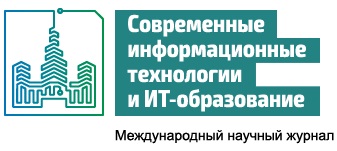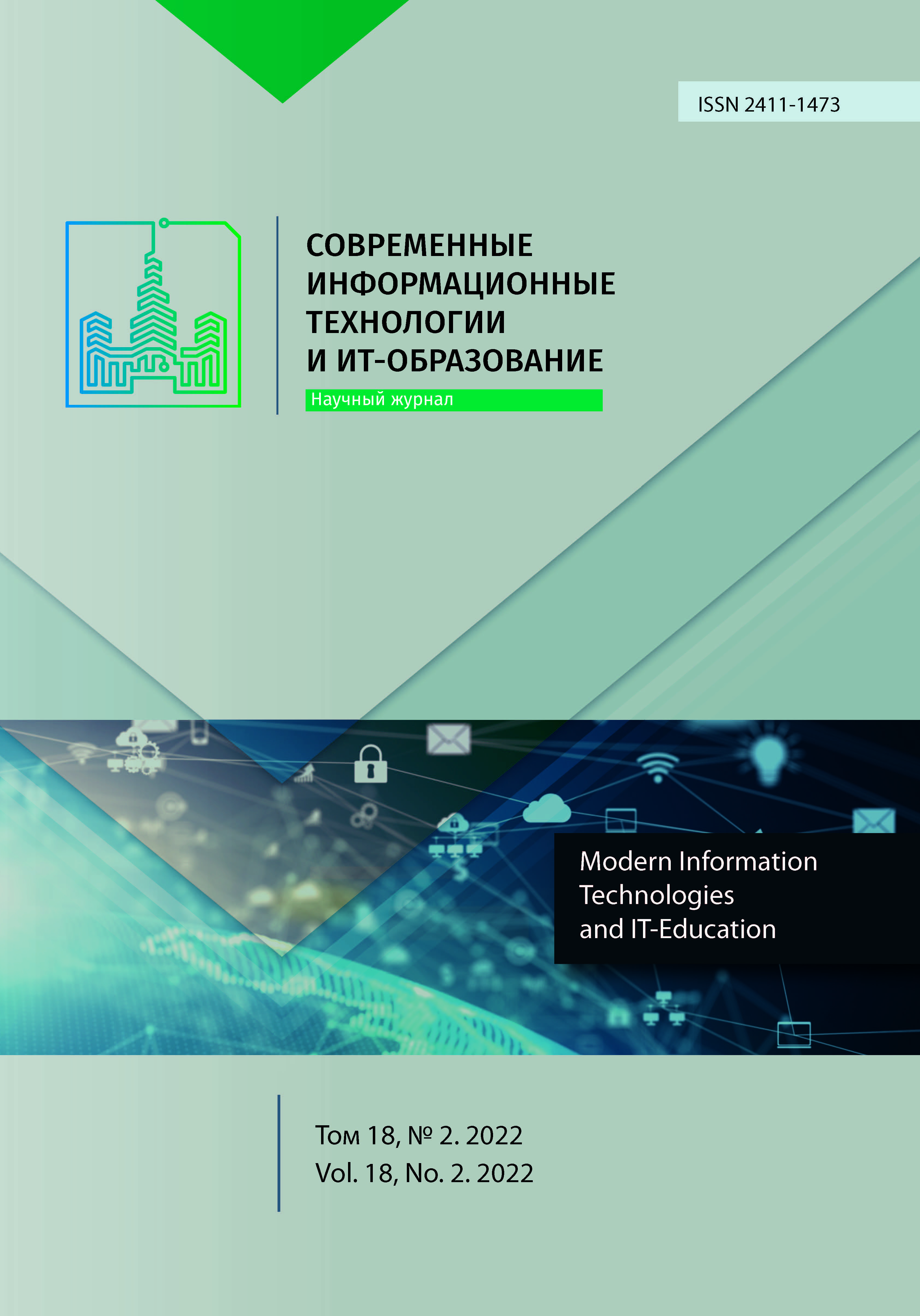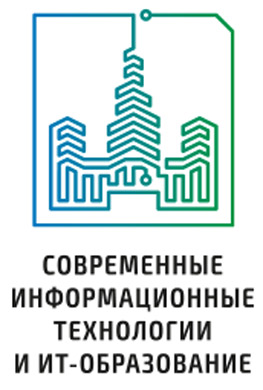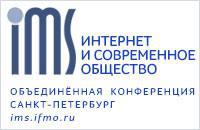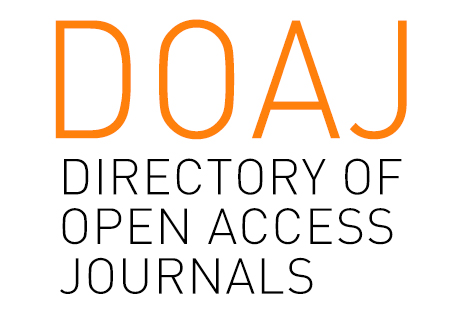Синтез многоцелевого цифрового закона управления маятником Фуруты
Аннотация
В работе исследуется задача синтеза цифровой обратной связи, которая должна обеспечивать стабилизирующее управление маятником Фуруты для различных режимов функционирования. Выбор маятника Фуруты определяется тем, что он является нелинейной механической системой, имеющей неустойчивое положение равновесия, и широко используется в научной литературе в качестве тестового объекта для проверки различных алгоритмов управления. В качестве режимов функционирования маятника рассматриваются собственное движение, движение под воздействием ступенчатого возмущения и движение, вызванное возмущением колебательного характера. Для каждого из этих режимов предъявляются определенные требования к качеству функционирования системы управления в замкнутом контуре. Учитывая совокупность этих требований, поставленную задачу синтеза закона управления затруднительно решать в рамках классических методов. В связи с этим в работе предлагается иной подход, основывающийся на применении обратной связи с многоцелевой структурой, включающей базовый закон управления, асимптотический наблюдатель и динамический корректор. При этом в процессе синтеза поиску подлежат отдельные настраиваемые элементы этой структуры. Такой подход позволяет декомпозировать общую задачу синтеза закона управления на последовательность локальных подзадач, каждая из которых относится к одному из режимов функционирования объекта. В то же время на практике современные алгоритмы управления реализуются цифровыми вычислительными средствами, что подразумевает дискретность обрабатываемых потоков информации по времени. Поэтому в работе ставится задача синтеза цифрового регулятора маятником Фуруты.
В результате проведенных исследований формализованы и решены задачи поиска настраиваемых элементов многоцелевой структуры цифрового закона управления, разработаны соответствующие вычислительные алгоритмы. Проведено численное моделирование процессов управления. результаты экспериментов показали работоспособность и эффективность предложенного многоцелевого подхода.
Литература
2. Kouvaritakis B., Cannon M. Model Predictive Control: Classical, Robust and Stochastic. Springer Cham; 2016. 384 p. (In Eng.) doi: https://doi.org/10.1007/978-3-319-24853-0
3. Camacho E.F., Bordons C. Model Predictive Control. Advanced Textbooks in Control and Signal Processing. 2nd ed. London: Springer-Verlag; 2007. 405 p. (In Eng.) doi: https://doi.org/10.1007/978-0-85729-398-5
4. Raković S.V., Levine W.S. (eds.) Handbook of Model Predictive Control. Control Engineering. Birkhäuser, Cham; 2019. 692 p. (In Eng.) doi: https://doi.org/10.1007/978-3-319-77489-3
5. Sotnikova M. Ship Dynamics Control using Predictive Models. IFAC Proceedings Volumes. 2012; 45(27):250-255. (In Eng.) doi: https://doi.org/10.3182/20120919-3-IT-2046.00043
6. Sotnikova M.V., Veremey E.I. Dynamic Positioning Based on Nonlinear MPC. IFAC Proceedings Volumes. 2013; 46(33):37-42. (In Eng.) doi: https://doi.org/10.3182/20130918-4-JP-3022.00058
7. Donzellini G., Oneto L., Ponta D., Anguita D. Introduction to Digital Systems Design. Springer, Cham; 2019. 536 p. (In Eng.) doi: https://doi.org/10.1007/978-3-319-92804-3
8. Landau I.D., Zito G. Digital Control Systems: Design, Identification and Implementation. Communications and Control Engineering. Springer-Verlag, London; 2006. 484 p. (In Eng.) doi: https://doi.org/10.1007/978-1-84628-056-6
9. Aleksandrov A., Chen Y., Platonov A., Zhang L. Stability analysis and uniform ultimate boundedness control synthesis for a class of nonlinear switched difference systems. Journal of Difference Equations and Applications. 2012; 18(9):1545-1561. (In Eng.) doi: https://doi.org/10.1080/10236198.2011.581665
10. Corriou J.P. Distillation Column Control. In: Corriou J.P. (ed.) Process Control. Springer, Cham; 2018. p. 793-819. (In Eng.) doi: https://doi.org/10.1007/978-3-319-61143-3_20
11. Veremey E.I. Synthesis of Multi-objective Control Laws for Ship Motion. Gyroscopy and Navigation. 2010; 1(2):119-125. (In Eng.) doi: https://doi.org/10.1134/S2075108710020069
12. Furuta K., Iwase M. Swing-up time analysis of pendulum. Bulletin of the Polish Academy of Sciences: Technical Sciences. 2004; 52(3):153-163. Available at: https://journals.pan.pl/publication/128172/edition/111820/bulletin-of-the-polish-academy-of-sciences-technical-sciences-2004-vol-52-no-3-swing-up-time-analysis-of-pendulum-furuta-k-iwase-m?language=en (accessed 18.04.2022). (In Eng.)
13. Åströma K.J., Furuta K. Swinging up a Pendulum by Energy Control. Automatica. 2000; 36(2):287-295. (In Eng.) doi: https://doi.org/10.1016/S0005-1098(99)00140-5
14. Diehl M., et al. Real-Time Optimization for Large Scale Processes: Nonlinear Model Predictive Control of a High Purity Distillation Column. In: Grötschel M., Krumke S.O., Rambau J. (eds.) Online Optimization of Large Scale Systems. Springer, Berlin, Heidelberg; 2001. p. 363-383. (In Eng.) doi: https://doi.org/10.1007/978-3-662-04331-8_20
15. Dones I., Manenti F., Preisig H.A., Buzzi-Ferraris G. Nonlinear Model Predictive Control: A Self-Adaptive Approach. Industrial & Engineering Chemistry Research. 2010; 49(10):4782-4791. (In Eng.) doi: https://doi.org/10.1021/ie901693w
16. Elaiw A.M., Xia X., Shehata A.M. Application of model predictive control to optimal dynamic dispatch of generation with emission limitations. Electric Power Systems Research. 2012; 84(1):31-44. (In Eng.) doi: https://doi.org/10.1016/j.epsr.2011.09.024
17. Fradkov A.L., Tomchina O.P., Nagibina O.L. Swinging control of rotating pendulum. Proc. of 3rd IEEE Mediterranean Control Conf. Limassol; 1995. p. 347-351. (In Eng.)
18. Chang L., Piao S., Leng X., He Z., Zhu Z. Inverted pendulum model for turn-planning for biped robot. Physical Communication. 2020; 42:101168. (In Eng.) doi: https://doi.org/10.1016/j.phycom.2020.101168
19. Veremey E.I. Separate Filtering Correction of Observer-Based Marine Positioning Control Laws. International Journal of Control. 2017; 90(8):1561-1575. (In Eng.) doi: https://doi.org/10.1080/00207179.2016.1214749
20. Sotnikova M.V. Multi-purpose Control of a Moving Object Using Computer Vision Algorithms. In: Sukhomlin V., Zubareva E. (eds.) Convergent Cognitive Information Technologies. Convergent 2018. Communications in Computer and Information Science. Vol. 1140. Springer, Cham; 2020. p. 231-241. (In Eng.) doi: https://doi.org/10.1007/978-3-030-37436-5_21
21. Veremey E.I. Optimization of filtering correctors for autopilot control laws with special structures. Optimal Control Applications and Methods. 2016; 37(2):323-339. (In Eng.) doi: https://doi.org/10.1002/oca.2170
22. Veremey E.I., Pogozhev S.V., Sotnikova M.V. Marine Autopilots’ Multipurpose Control Laws Synthesis for Actuators Time Delay. Journal of Marine Science and Engineering. 2020; 8(7):477. (In Eng.) doi: https://doi.org/10.3390/jmse8070477
23. Sotnikova M. Plasma stabilization based on model predictive control. International Journal of Modern Physics A. 2009; 24(5):999-1008. (In Eng.) doi: https://doi.org/10.1142/S0217751X09044450
24. Sotnikova M.V., Tomilova A.S. Algorithms for the Robust Properties Analysis of a Multi-Purpose Control Laws of Moving Objects. Sovremennye informacionnye tehnologii i IT-obrazovanie = Modern Information Technologies and IT-Education. 2018; 14(2);374-381. (In Russ., abstract in Eng.) doi: https://doi.org/10.25559/SITITO.14.201802.374-381
25. Sotnikova M. Control System Design for Visual Positioning of a Ship Based on NMPC and Multi-objective Structure. IFAC-PapersOnLine. 2018; 51(32):445-450. (In Eng.) doi: https://doi.org/10.1016/j.ifacol.2018.11.425

Это произведение доступно по лицензии Creative Commons «Attribution» («Атрибуция») 4.0 Всемирная.
Редакционная политика журнала основывается на традиционных этических принципах российской научной периодики и строится с учетом этических норм работы редакторов и издателей, закрепленных в Кодексе поведения и руководящих принципах наилучшей практики для редактора журнала (Code of Conduct and Best Practice Guidelines for Journal Editors) и Кодексе поведения для издателя журнала (Code of Conduct for Journal Publishers), разработанных Комитетом по публикационной этике - Committee on Publication Ethics (COPE). В процессе издательской деятельности редколлегия журнала руководствуется международными правилами охраны авторского права, нормами действующего законодательства РФ, международными издательскими стандартами и обязательной ссылке на первоисточник.
Журнал позволяет авторам сохранять авторское право без ограничений. Журнал позволяет авторам сохранить права на публикацию без ограничений.
Издательская политика в области авторского права и архивирования определяются «зеленым цветом» в базе данных SHERPA/RoMEO.
Все статьи распространяются на условиях лицензии Creative Commons «Attribution» («Атрибуция») 4.0 Всемирная, которая позволяет другим использовать, распространять, дополнять эту работу с обязательной ссылкой на оригинальную работу и публикацию в этом журналe.
